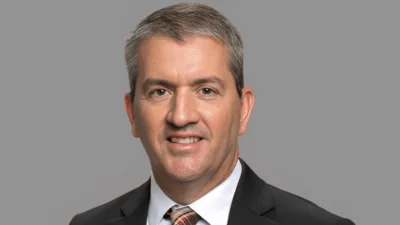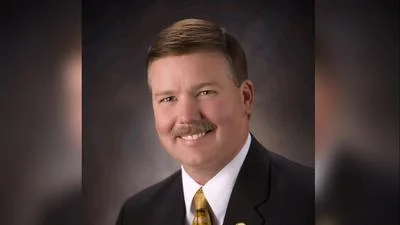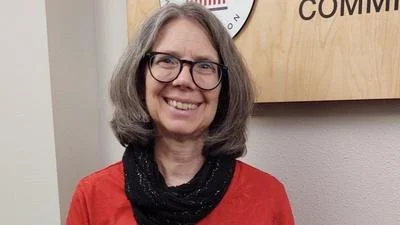Tina Tryggestad, County Board Chair | La Crosse County website
Tina Tryggestad, County Board Chair | La Crosse County website
La Crosse County is set to invest $14.1 million in highway construction for 2025, covering improvements across 11 miles of county roads. This decision, approved unanimously by the county board in November, continues a trend of increased funding and improved highway conditions over recent years.
The county also plans to sealcoat an additional 20 to 25 miles of highways at a cost of $700,000. "We had a strong 2024, completing almost 15 miles of paving, and we’re building on that success this year," said Joe Langeberg, La Crosse County Highway Commissioner.
Since 2019, the county's annual spending on highway projects has risen by 182%, addressing rising costs and enhancing road conditions. The total budget for highway construction has grown by 137% since then, from $5.9 million to $14.1 million.
The Highway Department inspects road conditions every two years and reports findings to the Wisconsin Department of Transportation using a standardized pavement condition rating system. In 2020, 58 miles were rated poor; this number is expected to drop to 29 miles by the end of this year. Roads in good condition are projected to increase from 114 miles in 2020 to 142 miles in 2025.
"Our highway system is essential for businesses and residents," said County Board Chair Tina Tryggestad. "It’s great to see historic county investments improving our roads."
The previous year's budget was $13.7 million for 14.8 miles of projects. Recent funding increases have been supported by the Bipartisan Infrastructure Law, allowing more state allocations for county projects. "If there’s funding available and we can use it efficiently, we go after it," Langeberg noted.
Cost-saving measures include insourcing engineering work when possible, reducing reliance on external contractors. The average annual completion rate during the period from 2023-2025 will be about 11.2 miles compared to the previous three-year average of 5.9 miles.
Langeberg's team must balance various factors when deciding which roads to repair and when. Costs vary depending on location specifics like slope or urbanization level. "Our Highway Department does an incredible job making every dollar count," Tryggestad added.
Future challenges may arise as federal funding tied to the Bipartisan Infrastructure Law expires, but Tryggestad remains optimistic about adapting as needed: "We remain fully committed to improving our county infrastructure," she said.
Information from this article can be found here.





 Alerts Sign-up
Alerts Sign-up